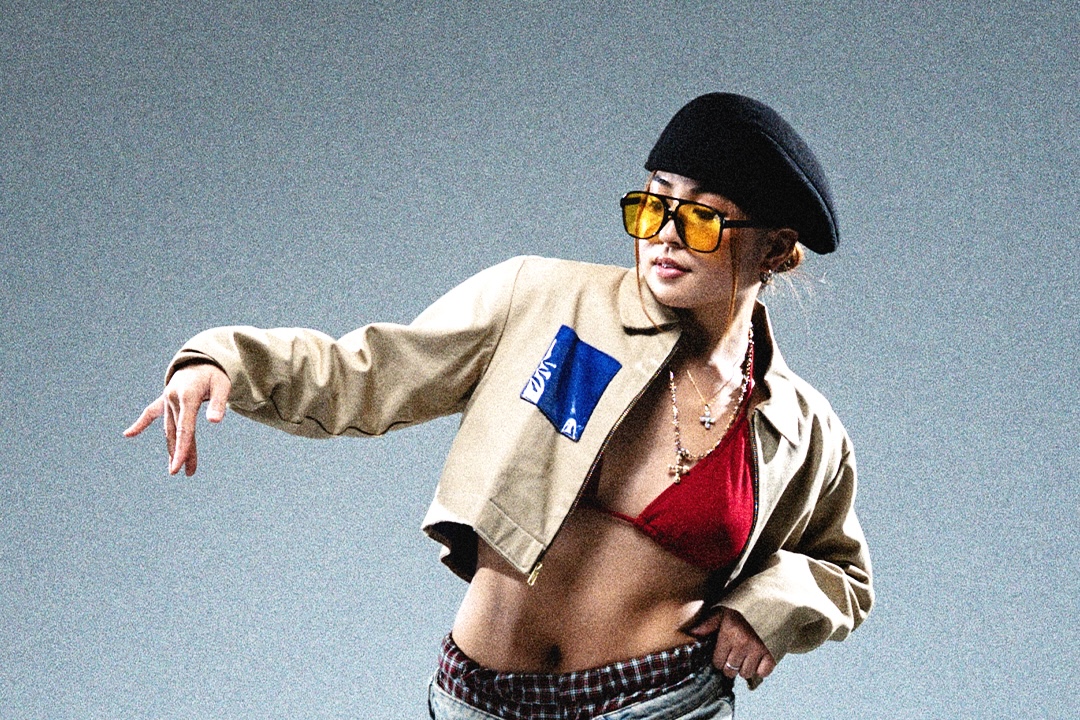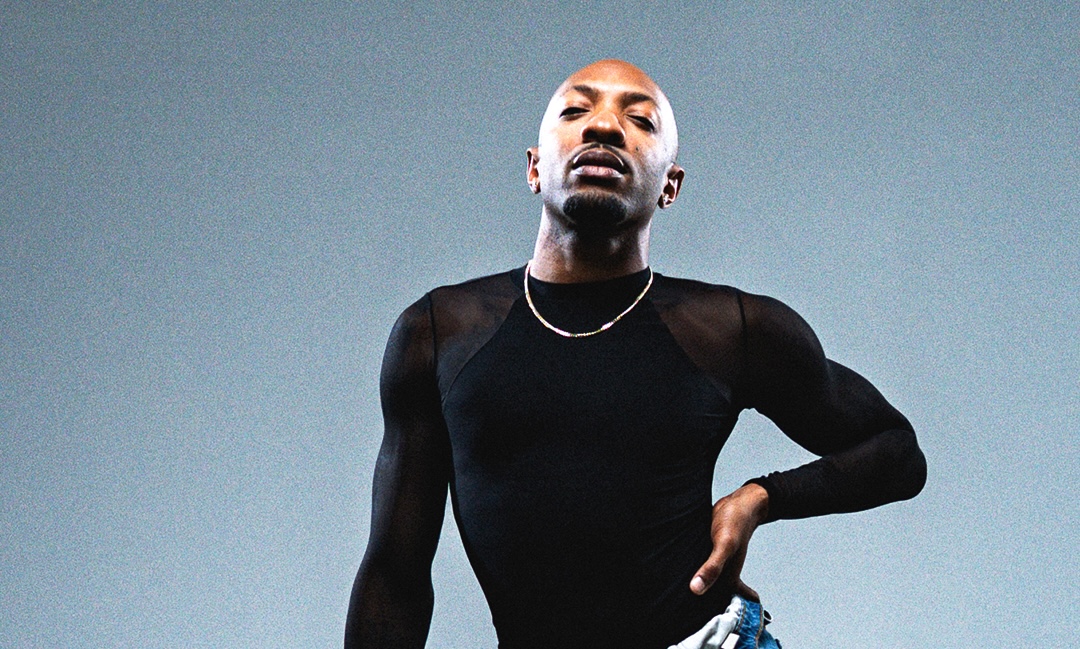We try out for teams, take different classes, expose ourselves to different styles. We push ourselves in a lot of ways, but the only way we have a benchmark for improvement is to have mental check-points for ourselves. It's important to be able to check in with ourselves every now and then to bring awareness to why we do what we do. It helps us realize what's working in our training and what doesn't, so that we can continually push ourselves and progress.
1. Am I Being Present When I Take Class?
Feeling intimidated by other dancers or the pace of the class can be distracting. And detrimental to your growth.
By concentrating on how others are judging your movement, it pulls from your level of optimal focus to truly absorb the choreography.
This doesn't only happen with feeling intimidated by other dancers either; worrying too much about remembering the choreography can also decrease your ability to be fully present in the class.
See Related Video: How To Get The Most Out Of Dance Class (Video)
2. How Invested Am I In Dancing?
If not for keeping yourself in check for self-growth, ask yourself how invested you are in dancing.
If you find yourself feeling dreading practices for whatever reason, check with yourself to see if how invested you are in dancing is aligned with how often you are actually involved with dancing.
If you are dancing more than you are invested in it, scale back. Getting too burnt out will make you feel like you need to cut off dance entirely (which may not always be the case).
If you are dancing less than you are invested in, put yourself out there! Take class, try out for dance teams, take summer intensive classes.
Do what you need to keep a healthy involvement with dance.
3. What Would My Past Self Be Proud Of Me For?
We always tell ourselves to continue training – to aim higher, to dance stronger, to be better.
But hardly ever do we take a moment to give ourselves credit for how far we've come.
Think about what a long way your past self has come - what would your past self think if he/she saw you at the level you're at now?
The beauty of art is the continual iteration of the craft, but how motivated would we be to improve if we don't stop to acknowledge our growth?
4. What Would My Future Self Have Wanted Me To Start Doing Now?
What would you have wanted your past self to know then? What would 'future you' have wanted you to start doing?
If there are styles you've been wanting to try, teams you've wanted to challenge yourself to try out for, let yourself do so instead of creating roadblocks for yourself - future you would be grateful.
See Related Article: How To Set And Achieve Your Dance Goals
5. How Fulfilled Do I Feel In Dance?
In organizational psychology, there is a model that reflects each person's need to seek out maximum satisfaction, and each organization's need to maximize the contribution of every individual.
See Related Article: Tis The Season Of Thanks: Why I’m Thankful To Be A Dancer
To be fully engaged, there would need to be an alignment of an alignment of personal and organizational interest. These people are in what is known as the 'apex' - where they are providing maximum contribution to the organization and have the highest level of satisfaction. These individuals are fully engaged.
The 'almost engaged', are those who provide maximum contribution, but are only moderately satisfied - nothing is necessarily wrong with this arrangement, but they are one peg away from fully engaged.
The honeymooners/hamsters have maximum satisfaction, but have yet to figure out the way in which they can contribute to their maximum potential. They are either blissfully contributing without full knowledge of how to concentrate their efforts.
The crash & burners, are disillusioned and burnt out - they are contributing at their maximum potential, but are dissatisfied, and can become resentful of what they do because they don't feel appreciated.
Finally, the disengaged produce the double whammy - they contribute minimally and are the least satisfied. This can occur when they become increasingly resentful as they move through the phases of being less and less engaged; the disengaged may not have started here, but through time and limited acknowledgement or fulfillment, end up here.
See Related Article: How To Keep Dancing When You Work Full Time
Ten points if you can draw parallels to the different phases dancers get to in their dance careers.
It's forever a tough question to encourage ourselves to think through, but how much fulfillment does dance bring to our well-beings? What could we do to be in that apex, in that 'fully engaged' section? Is it to challenge ourselves more? Channel our hard work in a different way to maximize results? Take a break from dance to rejuvenate our love of dance?
This is far from an exhaustive list of mental check-points, but they're a stepping stone to becoming more aware of how we are feeling. Checking in with ourselves to catch moments of potential burnout will ensure that we don't ever have to get to that point, and can continue to participate in doing what we love in healthy doses. Checking in will also help us keenly pinpoint our areas of opportunities, so that we can focus our energy wisely. The next time you find yourself a little wayward from your original expectations of yourself as a dancer, see if asking yourself these questions help will help clear your mental roadblocks.
Are there any other questions you like to ask yourself as it pertains to dancing and your involvement with it? Leave a comment below to share with us!If you feel you need more training, take classes on STEEZY Studio! Our choreographers teach pieces of different styles in varying levels.Originally published on June 23, 2015










